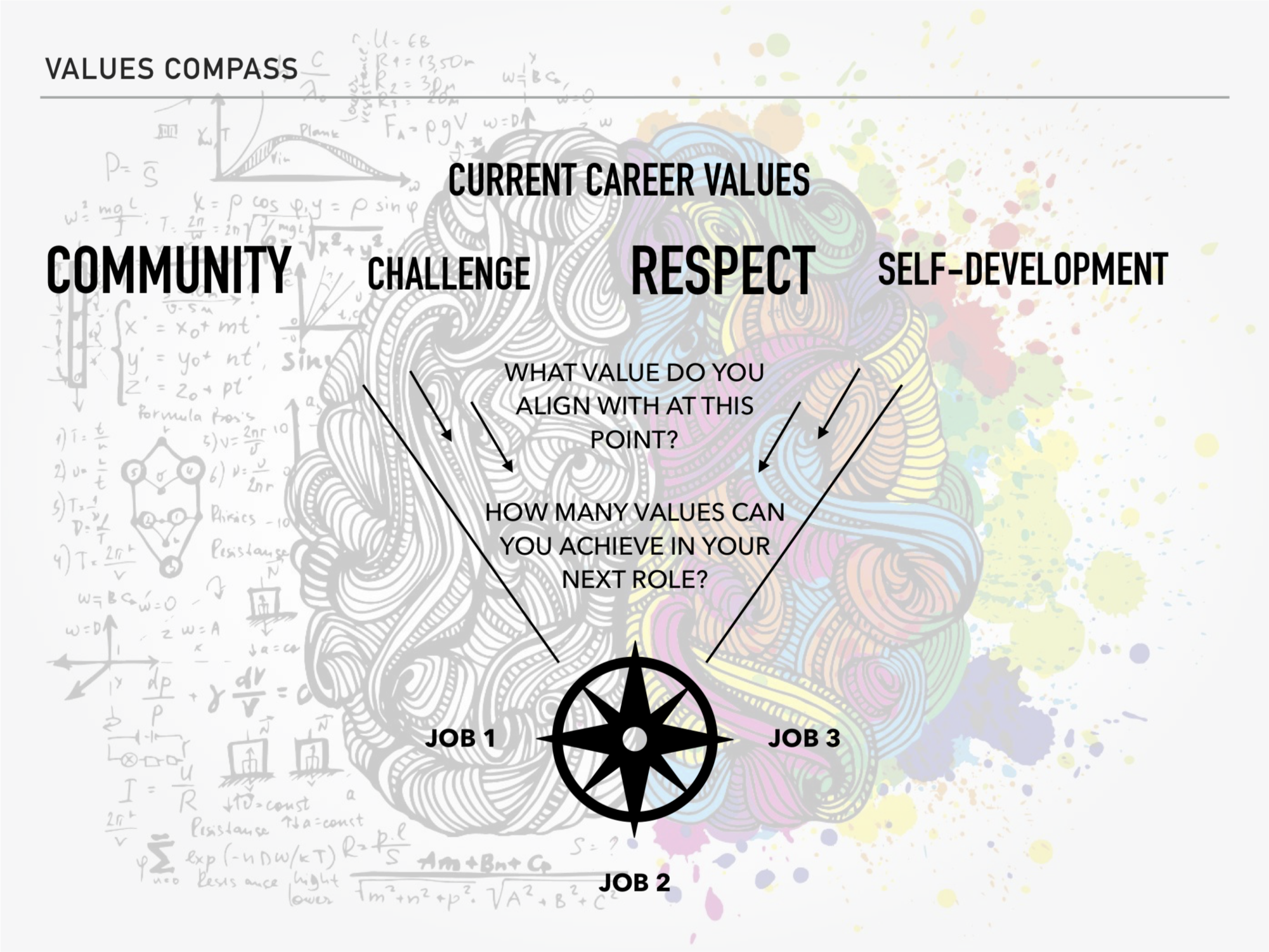Words by
Tyson Day
Published
September 18, 2020
Career direction & mental health after high school
Being Mental Health Month (October) I thought I would put together an article that I had been thinking about for some time around the mental health impacts of finding direction after high school and introducing a strategy that I feel is missed.
The stats!
At the start of the month I read some disturbing research from Headspace. One in three (32%) young people are reporting high or a very high level of psychological distress, which has tripled since 2007 (9%). I personally graduated from high school in 2007 and already the memories of friends and myself who experienced mental uncertainty and felt like the world was on their shoulders come flooding back. To think that this has tripled is even more disturbing.
Equally another stat that made me think was that 75% of mental health issues arise before the age of 25 and there is a lot of life to live after you turn 25! The research also outlines that 18-21 year old’s are experiencing the highest level of distress at 38%. The article makes mention that it is not just one factor that contributes to these stats but many, with pressures of work and study amongst these. As a career strategist specialising in working with young people, I often here of frustrations about what to do post high school including pressures around results, career direction and image.
Moving forward with a compass
An approach that I feel is overlooked, is helping the young person to understand their values (the key drivers in someone’s decisions), in particularly helping a young person develop a value compass to help them understand the direction they want to go post secondary school.
Their true north and values will change over time, however the sooner they understand how they make decisions, specifically career related decisions, it can help reduce the mental clutter and fog around what specific career direction they are looking to take.
This compass can also help them navigate their own personal decisions and help them align their personal decisions and take ownership of them, which in turn will reduce their psychological destress, with most anxiety coming from a lack of decision not necessarily once the decision is made.
Below you can see a picture of the model.

The values are above and once they have been established you then have the process of identifying what values are the most important at this particular point in you career. Once that has been identified you can then look at how many values have the potential to be achieved in your next career move. For example, if you are trying to identify between a couple of different jobs and or courses, you can then complete the process of aligning each role with your value set and scoring the role on how many values are ticked. The role or course that has most of your values ticked can be the one that you give more consideration.
Try it out for yourself and let me know how it goes, please pass it on to any young person you know who is having difficulty with their career direction post high school